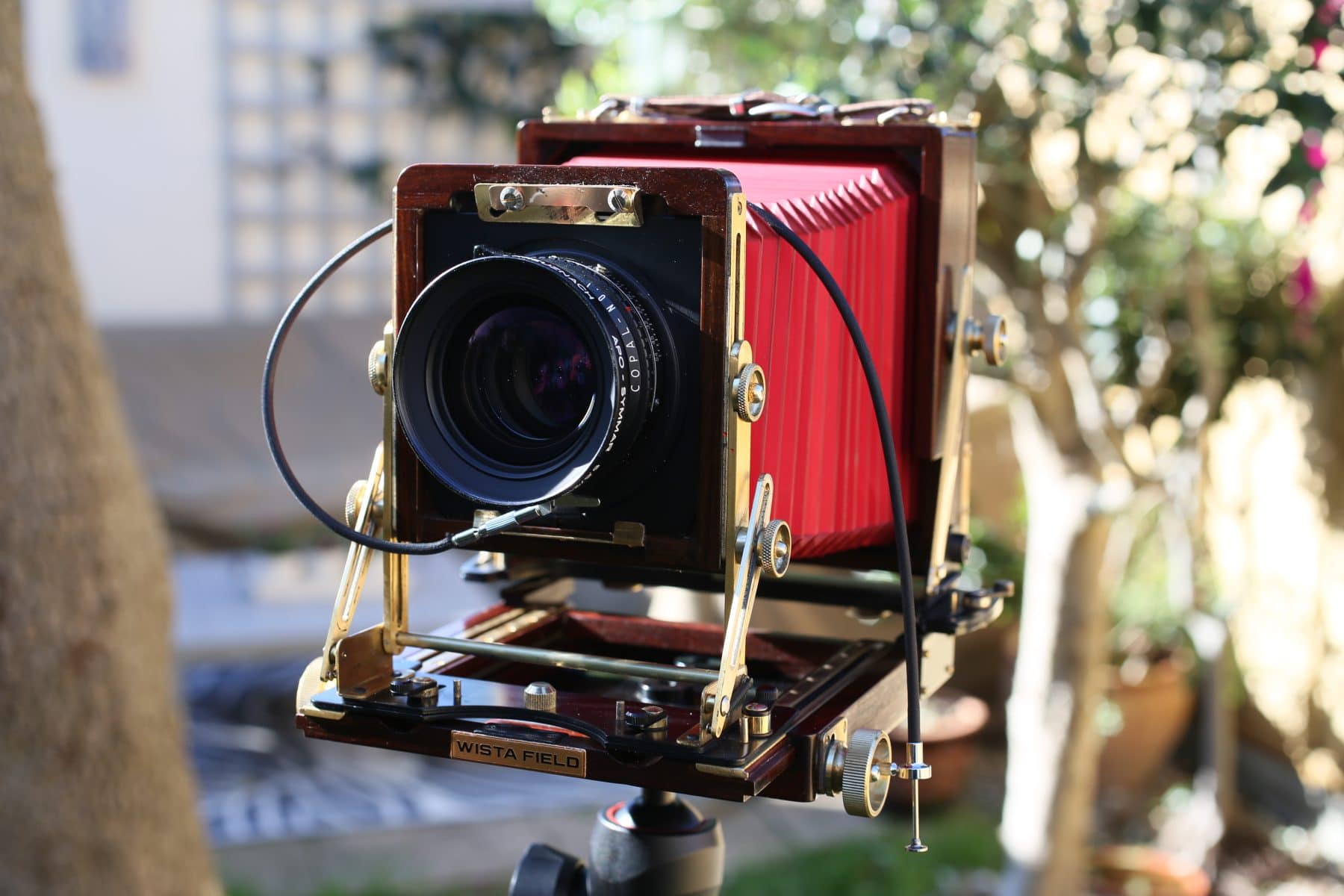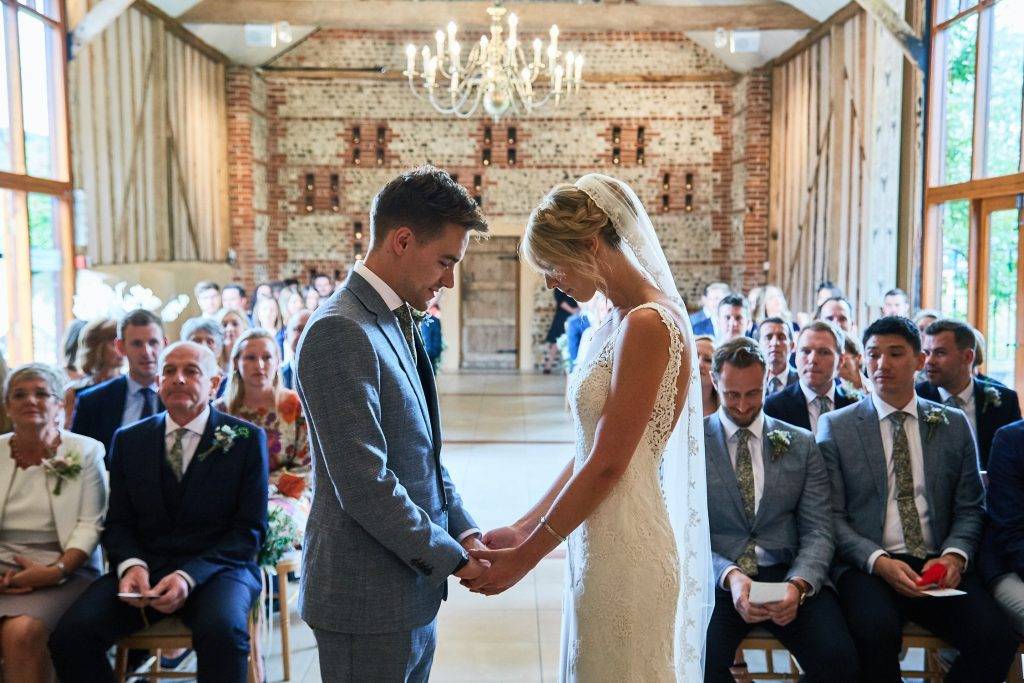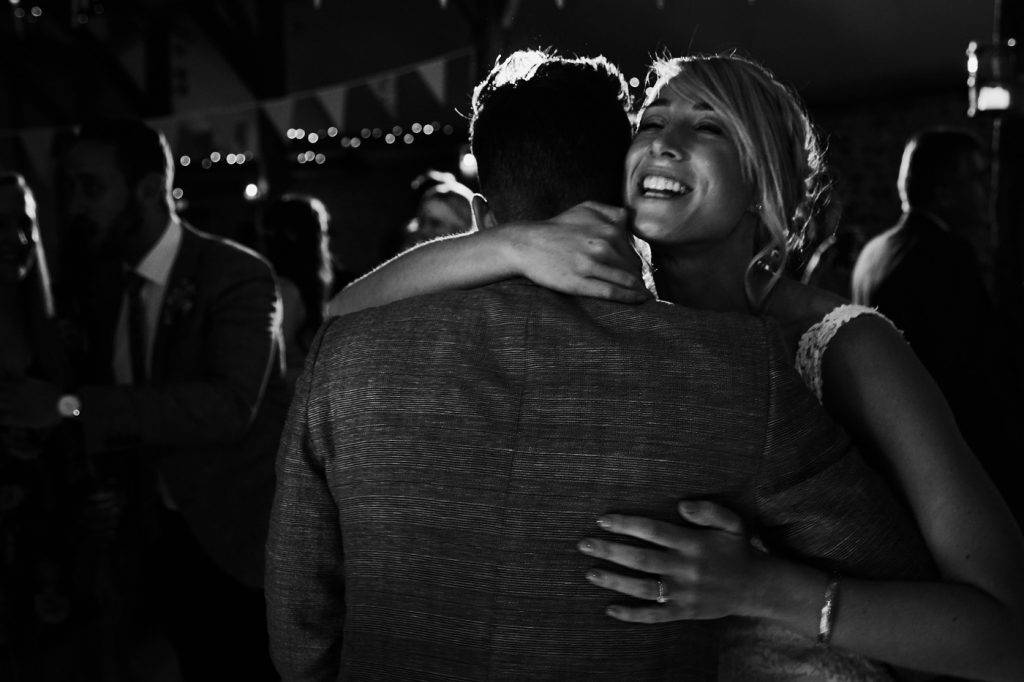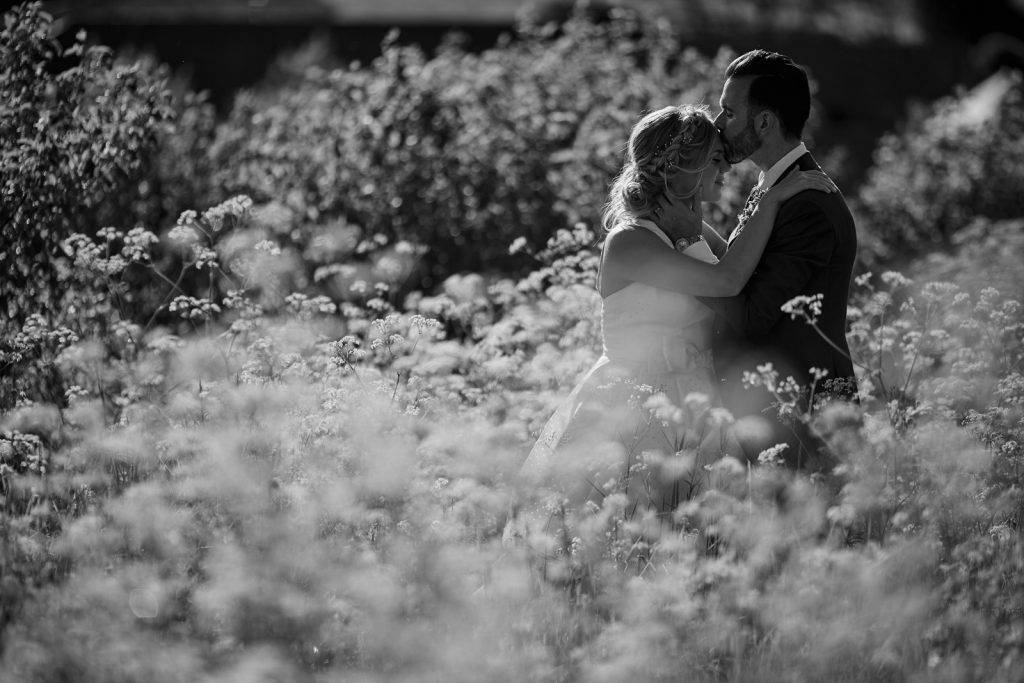Zooms versus Primes is one of those topics that seems to really divide photographers. Some people swear by prime lenses and would never use anything else, others say they couldn’t do without the flexibilty that a zoom offers. So what should you choose to ensure you can do the best possible job for your clients on their wedding day? Rather than stick slavishly to one type of lens, I have found that certain types of lens are best used in particular situations.
Consider your own circumstances.
Nobody knows what challenges you face day to day better than you do. A Californian photographer who shoots in beautiful sun drenched vinyards has very different circumstances to a British wedding photographer who works mainly in gloomy old churches. Likewise, venues and officiants vary as to how strict they are with photographers. In my area I know that registry offices are usually very relaxed about you moving around. Clergy can be very strict, putting you at the back of the church and not letting you shoot for large parts of the ceremony.
Over the years I have built up a collection of zooms and primes. I switch what I carry in my primary bag depending on where I am shooting and the weather on the day. I keep another bag with everything else in the car. So you shouldn’t lured into copying photographers you admire whose shooting environments don’t match yours.
A Short Note about Fatigue.
A really important thing to consider and rarely talked about. When choosing what to put in your camera bag think about its weight. How easy it is going to be to carry that bag around all day? Putting too much into your bag will mean you start to flag after a few hours. Managing fatigue is an essential part of succesful wedding photography. Carrying a heavy bag also means you run the risk of a chronic back injury. It takes a second to lift something awkwardly and injure your back. Recovery can take weeks and there are few things less fun than shooting a wedding with a bad back. So when picking what lenses you need, always remember there is a limit to what you can carry.
Zoom vs Primes Round 1 – when is a zoom lens best?
When you are stuck in one place.
The one time I find really can’t do without a zoom is if I am shooting a smaller civil ceremony. These are usually in a town hall or similar venue. Invariably with these types of wedding you are stuck behind the registrar, and there isn’t space to move around. The ceremony is short and all the key moments happen in about 5 minutes. To get any kind of variation in the shots you have to have a zoom. I prefer a 24-105mm as I feel that a 24-70 doesn’t have enough reach for ring shots or close ups on faces. It also opens up the possiblity of shooting the kiss on about a 50mm and then quickly zooming out to show the room while they are still kissing. These quick changes won’t work with primes, even with two cameras.
When you need to be fast and flexible.
There are large parts of a wedding where events are unpredictable. You have lots of shots to capture in a short amount of time. You can move around, but things happen so quickly that you can’t necessarily get to where you’d like to be in time. These sort of situations are all about framing and reacting fast. It’s not so much about bokeh and lighting. I work quickly and try to keep myself aware of as much as possible as events unfold.
Zooms vs. Primes Part 2 -When is a Prime Best?
Low Light
Shooting in low light is the number one reason why I wouldn’t leave the house without a prime lens. There are so many situations in the average wedding day where light isn’t ideal. You want to get the shot without sending your camera’s ISO into the stratosphere. There are occasionally shots that you just can’t get unless you are shooting at f1.4 AND sending your camera’s ISO into the stratosphere. Ultimately you never want to get into a situation where you just can’t get the shot with the equipment you have in your hand.
You could counter that when it get too dark it’s probably best to start using flash. Any wedding photographer who has been around a while will tell you not everywhere permits flash. If that happens in the wrong venue on a gloomy day could find yourself in serious trouble if you don’t have a fast prime.
A note about image stabilisation.
In theory, image stabilisation should give you the ability to handhold a zoom in similar levels of light to a prime lens of much wider aperture. There is of course one drawback – people move. So even if you can handhold your zoom at 1/15th of a second, any movements from your couple will be blurred. You can counter this by waiting for still moments. However, this isn’t going to help you when the bride walks up the aisle. As a general rule I don’t like to go below 1/125 when shooting people.
Adding a bit of Magic
Although modern zooms and primes are very close in overall quality, good primes can have that extra bit of magic that really makes a picture. This can make a real difference to your most important photos. From couple shots to the first dance, I rely on primes to give me that extra something special. I tend to use primes for all of my more set up shots. Not only does it give me that extra little bit of quality, it makes me think in that focal length. I can visualise 50mm shots or 135mm shots and that helps me pick out locations.
When you need to Tidy up the Background.
There are a lot of situations where the backgrounds to your photos will be less than ideal. Cluttered hotel rooms or tables covered in plates and glasses are recurring challenges. While it’s always best to tidy things if you can, sometimes it’s not possible or there is no time. In these situations, being able to blur your background is a godsend. The wider the aperture of your lens, the more you can get away with.
Conclusion – Why you should have Zooms and Primes in Your Arsenal.
There are certainly situations in a wedding day that are better suited to either a prime or a zoom. Another compelling reason to have both is that you can back up you most important lenses with a different lens that can do the same job. So your 50mm prime can back up your standard zoom, or you 135mm prime could back up your 70-200. This way you can back up your lenses without actually having to buy two of anything. It also offers more creative options and flexibility. I tend to work with two cameras. Often with a zoom on one body and a prime on the other. In critical portions of the wedding, my back up is on my shoulder, ready to shoot. There is no point having a back up in the back of your car during the ceremony!
More important still you should priortise your lenses to suit your style. I don’t own a wide angle prime as I am not a huge fan of shooting people with anything wider than 50mm. I do have 16-35mm zoom that covers part of my standard zoom in case of failure though. If you favour zooms, you might feel that buying cheaper primes gives you cover without breaking the bank.
And Finally.
Remember the golden rule. Never get into a situation where you can’t take a useable picture of what’s in front of you. I have had a few equipment breakdowns over the years. I don’t think my clients ever knew. Put together a kit that ensures you can do the same.
Toby
I am a Wedding Photographer in Sussex, UK







